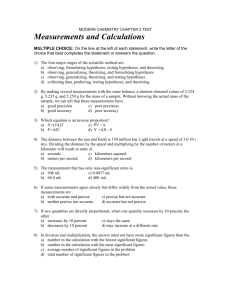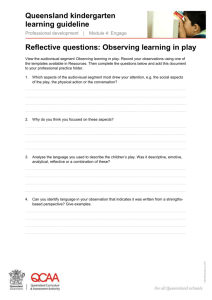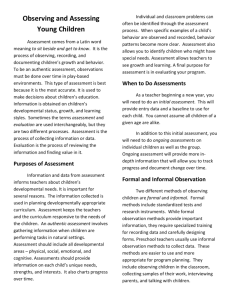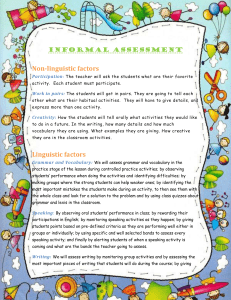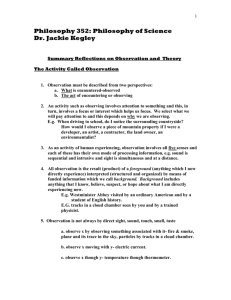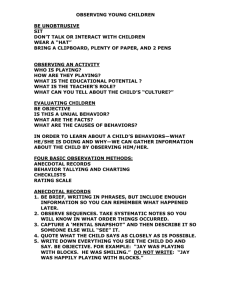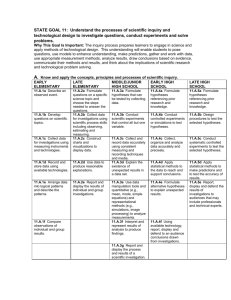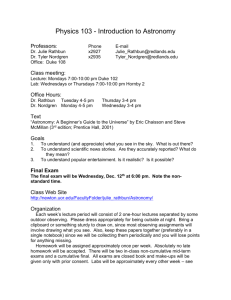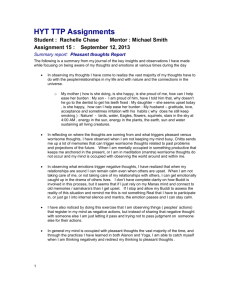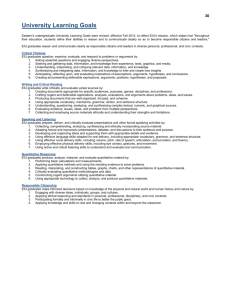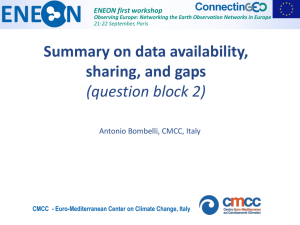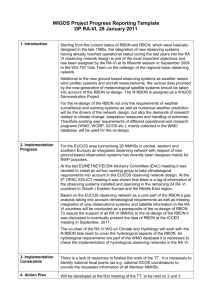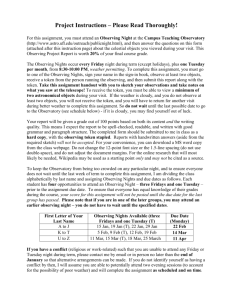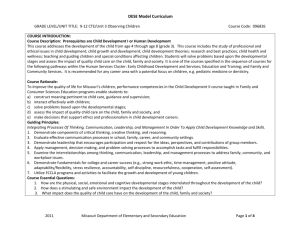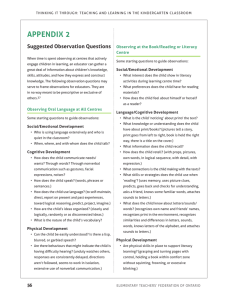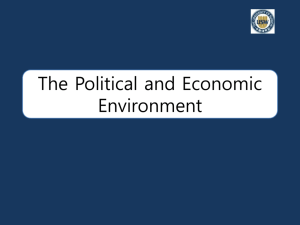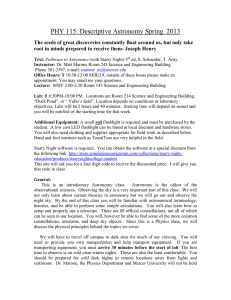2014 Primary Source Activity Effectiveness Checklist
advertisement
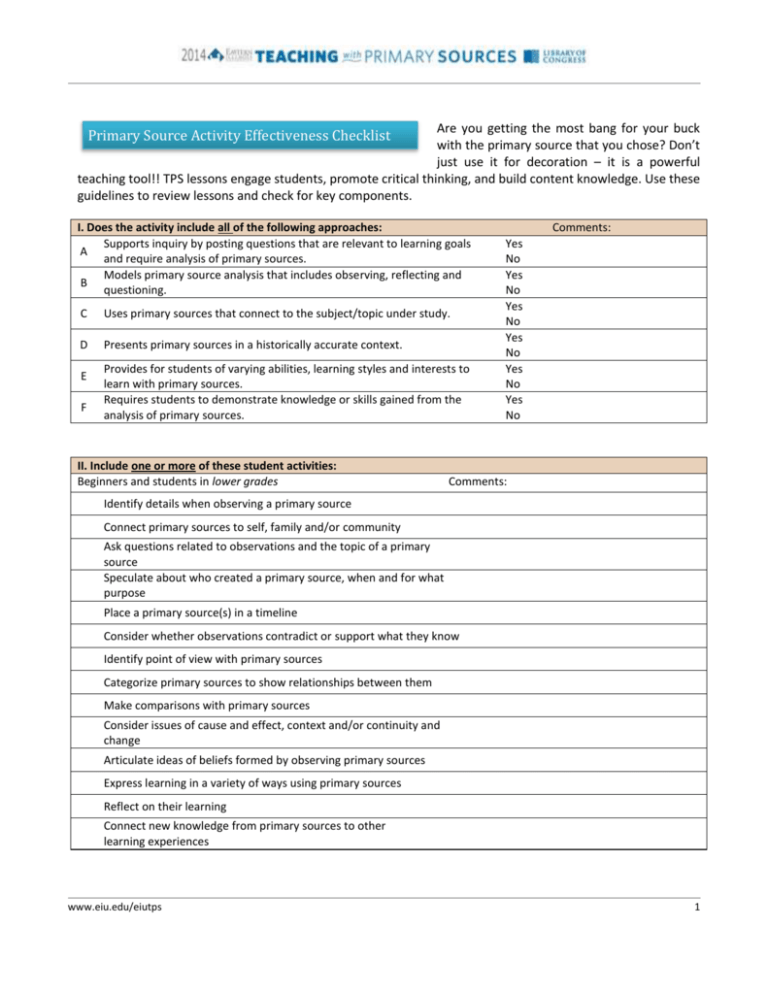
Are you getting the most bang for your buck with the primary source that you chose? Don’t just use it for decoration – it is a powerful teaching tool!! TPS lessons engage students, promote critical thinking, and build content knowledge. Use these guidelines to review lessons and check for key components. Primary Source Activity Effectiveness Checklist I. Does the activity include all of the following approaches: Supports inquiry by posting questions that are relevant to learning goals A and require analysis of primary sources. Models primary source analysis that includes observing, reflecting and B questioning. C Uses primary sources that connect to the subject/topic under study. D Presents primary sources in a historically accurate context. E F Provides for students of varying abilities, learning styles and interests to learn with primary sources. Requires students to demonstrate knowledge or skills gained from the analysis of primary sources. II. Include one or more of these student activities: Beginners and students in lower grades Comments: Yes No Yes No Yes No Yes No Yes No Yes No Comments: Identify details when observing a primary source Connect primary sources to self, family and/or community Ask questions related to observations and the topic of a primary source Speculate about who created a primary source, when and for what purpose Place a primary source(s) in a timeline Consider whether observations contradict or support what they know Identify point of view with primary sources Categorize primary sources to show relationships between them Make comparisons with primary sources Consider issues of cause and effect, context and/or continuity and change Articulate ideas of beliefs formed by observing primary sources Express learning in a variety of ways using primary sources Reflect on their learning Connect new knowledge from primary sources to other learning experiences www.eiu.edu/eiutps 1 Experienced students and those in higher grades Analyze primary sources to formulate questions that connect to the topic of study Identify who created the primary source, when and for what purpose Use previous knowledge to place primary sources into historical context Examine primary sources closely to form conjectures about their meaning and intent Investigate issues of cause and effect, causality, context and continuity and change Corroborate information using additional primary and/or secondary sources to form and test hypotheses Comments: Draw conclusions about questions and hypotheses Formulate investigative questions Select primary sources to support their own investigations Reflect on their learning process to consider expansion, extension or modification Seek feedback from peers III. Check that the following elements are included: Element Description and comments Library of Learning with Library of Congress primary sources is central to the lesson Congress Primary Lesson includes appropriate citations and copyright information. Sources Learning Standards Yes No Yes No Lesson aligns to an identified set of content curricular standards Yes No Learning goals align to curricular standards Yes No The content of the lesson supports the learning goals Yes No Lesson Structure Procedures are clear and replicable and Alignment Lesson provides explicit instructions for analyzing primary sources Student assessment aligns to learning goals www.eiu.edu/eiutps Acceptable Yes No Yes No Yes No 2


